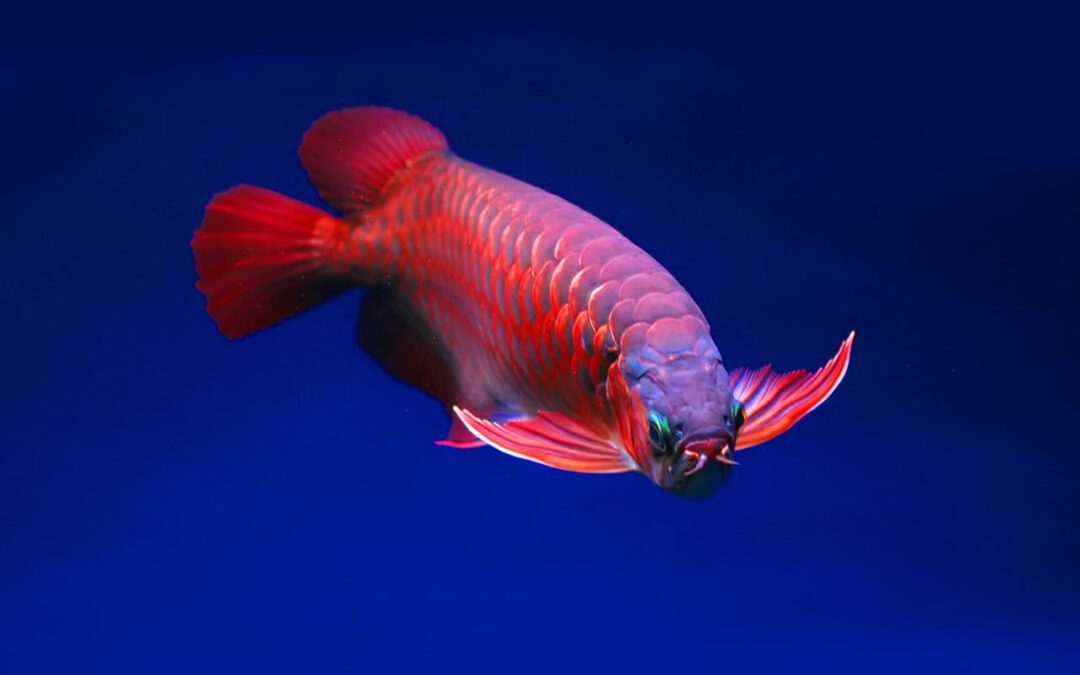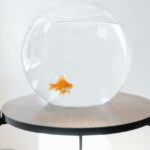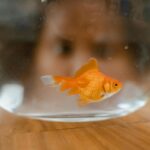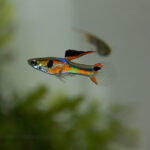Arowanas are among the most majestic freshwater fish, admired for their sleek bodies, shimmering scales, and graceful movements. Originating from rivers and lakes in South America, Asia, and Australia, these fish are often considered a symbol of wealth and good fortune, particularly in Asian cultures. One of the most common questions among enthusiasts is: how long do arowanas live?
In this article, we’ll explore the average lifespan of arowanas, the factors that influence their longevity, and tips to help ensure your arowana lives a long and healthy life.
How Long Do Arowanas Live?
In ideal conditions, arowanas have an impressive lifespan:
- Captive Arowanas: 10–20 years
- Wild Arowanas: 20–30 years
The lifespan of an arowana can vary depending on factors such as species, care, diet, and tank conditions. With proper care, captive arowanas can live just as long as their wild counterparts.
Factors Affecting Arowana Lifespan
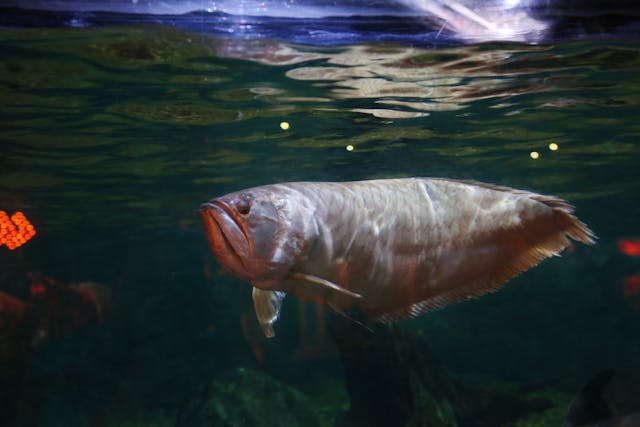 Arowanas are resilient fish, but their longevity depends on a variety of factors:
Arowanas are resilient fish, but their longevity depends on a variety of factors:
1. Species
Different species of arowana have slightly varying lifespans:
- Asian Arowana (Scleropages formosus): Often considered the most prized, they can live up to 20 years in captivity.
- Silver Arowana (Osteoglossum bicirrhosum): A popular species among hobbyists, their lifespan typically ranges from 10–15 years in captivity.
- Jardini Arowana (Scleropages jardinii): Known for their hardiness, they can live 15–20 years.
2. Tank Size
Arowanas are large fish that require spacious tanks. An adult arowana can grow up to 24–36 inches, depending on the species. A tank that is too small can lead to stress, stunted growth, and a shorter lifespan.
- Recommended Tank Size: At least 150–200 gallons for a single adult arowana, with larger tanks preferred for optimal swimming space.
3. Water Quality
Poor water quality is one of the leading causes of stress and disease in arowanas, significantly shortening their lifespan.
- Ideal Parameters:
- Temperature: 75–82°F (24–28°C)
- pH: 6.5–7.5
- Ammonia, Nitrite: 0 ppm
- Nitrate: Below 20 ppm
Regular water changes (20–30% weekly) and a good filtration system are essential for maintaining a clean and stable environment.
4. Diet
Arowanas are carnivorous and require a protein-rich diet to thrive. A poor or unbalanced diet can lead to malnutrition, health issues, and a reduced lifespan.
- Best Foods for Arowanas:
- Live or frozen foods: shrimp, krill, and small fish
- Insects: crickets and mealworms
- High-quality pellets formulated for arowanas
Avoid overfeeding, as it can lead to obesity and related health problems. Feed them small portions 1–2 times a day.
5. Tankmates
Arowanas are known for their territorial nature, particularly as they grow larger. Incompatible tankmates can lead to aggression and injuries, both of which can reduce an arowana’s lifespan.
- Best Tankmates: Larger, non-aggressive species like plecos, bichirs, or certain types of catfish.
- Avoid smaller or aggressive species that could either be eaten or attack the arowana.
6. Stress Levels
Stress from improper tank conditions, aggressive tankmates, or sudden environmental changes can weaken an arowana’s immune system and lead to diseases.
7. Diseases
Arowanas are prone to several health issues, including:
- Drop Eye: A common condition in silver arowanas where one or both eyes droop downward.
- Parasitic Infections: Caused by poor water quality or introducing infected fish or plants.
- Swim Bladder Issues: Often caused by overfeeding or improper diet.
How to Extend Your Arowana’s Lifespan
To help your arowana live a long and healthy life, follow these best practices:
1. Invest in a Large Tank
Ensure your arowana has plenty of space to swim comfortably. A tank with a secure lid is essential, as arowanas are notorious jumpers.
2. Maintain Excellent Water Quality
Invest in a reliable filtration system and test water parameters regularly. Perform consistent water changes to keep ammonia, nitrites, and nitrates in check.
3. Provide a Balanced Diet
Feed your arowana a variety of high-quality foods to meet its nutritional needs. Avoid feeding fatty or low-nutrient foods that can lead to health problems.
4. Avoid Overcrowding
Keep tankmates to a minimum and choose compatible species that won’t stress or harm your arowana.
5. Monitor Behavior and Health
Regularly observe your arowana for signs of stress, illness, or unusual behavior. Early detection and treatment of health issues can prevent complications.
6. Create a Stimulating Environment
Decorate the tank with driftwood, rocks, and plants to mimic the arowana’s natural habitat. However, leave enough open space for swimming.
Myths About Arowana Lifespan
There are some misconceptions about arowana lifespan that should be clarified:
Myth: Arowanas live shorter lives in captivity.
Fact: With proper care, arowanas in captivity can live just as long, if not longer, than their wild counterparts.
Myth: Feeding live food exclusively ensures a long lifespan.
Fact: While live food can be part of their diet, a balanced diet that includes pellets and frozen foods is better for their overall health.
Conclusion
Arowanas are long-lived fish that can bring years of enjoyment to dedicated aquarists. With proper care, attention to tank conditions, and a balanced diet, your arowana can thrive for 10–20 years or more.
By investing time and effort into creating a suitable environment, you’re not only extending your arowana’s lifespan but also ensuring it remains healthy and vibrant throughout its life. With these tips in mind, you can provide your majestic arowana with the care it deserves, making it a centerpiece of your aquatic world.

